Question. Do You Have Any Specific Resources You Used To Learn Art And Painting, Etc?? Your Style And
Question. Do you have any specific resources you used to learn art and painting, etc?? Your style and skill is so so good and I'd love to see how you Do It
oh, gosh. i dont think i could ever answer this question in a truly satisfying manner, but i’ll try my best to do it!
learning art in general has just been a road of trial and error for me! looots of trial and error. im a ‘self-taught’ artist & i’ve been drawing since i was a toddler, so i’ve accumulated certain skills just bc i’ve been doing it for so dang long
that being said, i’ll share some links in a moment! but first, some advice from me to you, anon. just.. go wild. try new things and dont set too many rules for yourself, yknow what i mean? nowadays i tend to use lots of weird textured brushes + work on only one layer (which i hear is quite bad for when youre working on commissions, but i paint for myself so i dont gotta worry about correcting things all the time), and as a person struggling w/ a pretty severe case of OCD, i find it so liberating to be Forced to not give a shit through that painting method. just have fun! allow yourself to be messy, to make mistakes, and remember that you can just paint over them later. some of your ‘mistakes’ might even end up being the things that make your drawing look more interesting/organic, in the end! the ‘happy little accidents’ mindset just makes the whole process much more enjoyable imo :]
ALSO, an important thing to me was finding the right brushes for painting. just dl a shit ton of the ones that look fun to you (or make your own if your drawing program allows it!) and make an effort to try out each and every one of them at least once!! the brushes certainly arent that important-- you could paint a masterpiece with a simple square brush-- but more often than not i find my style being subtly influenced by the brushes that i use at the moment. its a thing worth considering!
another thing i should note is that, while im mostly happy with my art nowadays, i AM still learning, and i dont think i’ll ever stop learning, so, like, check in in a couple of years for some better tips i guess asuhdfuashfusdf
anyways, here are some resources that are/were very helpful to me:
when i need to browse for general art tips/tutorials/cheat sheets/etc, i usually go here: [link 1], [link 2], [link 3], [link 4], [link 5],
now, here are some specific posts ive collected over the years that really made me rethink how i approach composition and the like in my, uh, more ‘serious’ paintings: [link 1], [link 2], [link 3], [link 4], [link 5]
this [link] video series is a Godsend, its got some very good advice AND its got nice editing too, my hellbrain was actually able to focus and learn smth from a video tutorial for once
heres a nice post about practice and improvement that you should deffo read before using all of these resources
i also find it very helpful to just.. look at art that inspires you/ that you find appealing Right before painting? that way all of the techniques you might pick up while staring at other peoples art will stay fresh in your mind, so you’ll be more likely to try em out. (setting a drawing that you really like as a phone/desktop bg works well too since youll inevitably stare at it quite often)
i also really like seeing other peoples process, so i tend to watch speedpaints/analyse process gifs & photosets a lot! seeing how messy and abstract most drawings are in the early stages of painting is really comforting/reassuring to me :] heres a couple for u: [link 1], [link 2], [link 3], [link 4], [link 5], [link 6], [link 7], [link 8], and finally, [link 9] and [link 10] (3, 9 and 10 are the ones that inspire me the most atm)
as a bonus, heres one from me as well! (usually i only post these on my patreon, but ik times are tough rn and any of your spare money could (and should) go to a far better cause) im putting it under a read more bc it contains blood and self-impalement, so beware! (bloodborne bosses, man) i might make a speedpaint in the future, too, so watch out for that!

More Posts from Dubiasdead and Others






after that you can just merge everything or dont (i didnt merge it) and then you would get:

some stuff to mention:
ty for the compliment i appreciate it <33
sorry if my handwriting is hard to read xd
along the making of this tutorial thing i had no idea where this was going, so i just decided to do a tutorial on how i did certain details of water and shit
there were multiple different things i did for drawing water while i made the comic so it seemed more appropriate to just do a tutorial(?)/explanation on what i did and how i did it
some of this information may not be accurate since im not a pro at art or anything i just learn from what i see
some parts mostly consisted of trial and error since water is a pain in the ass (dont be afraid of that)
there are other people who could have given a better tutorial and process than me, and this is just what i know, so maybe this helped you and others in some way, who knows ¯\_(ツ)_/¯
also with all due respect the main reason the left loses so much is that y’all refuse to compromise on the language and messaging you use to speak to voters. i swear if you rebranded “defund the police” as “invest in community safety from the ground up” most white suburban moderates would be like “that sounds great” and i know that because that’s how i’ve literally reframed it to white suburban moderates who think “defund the police” means we’re going to live in a scary lawless mad max world
art tips post
for all the artist following me
Have two sketchbooks: One for finished and high-quality art (stuff made with Prismacolor or Copic if you use that or art for your portfolio) and the other sketchbook for more messy doodles. This way you have a place to try new things and mess up as much as you need. When I only had one sketchbook I was scared to draw in it because I didn't want to mess it up
Do studies. I cant tell you how much I've improved just by doing studies of shoes, hands, noses, and all that. This works for when you have art block too since you’re not really making stuff up and just learning how real things work.
Learn from others. I’ve never taken a real art class because 1. I can’t afford it and 2. there’s no good art classes/programs at my school. I’ve been following several artists and learning from them over the years and they’ve helped me tremendously. Just please do not steal art because that is never okay.
Break down concepts. If you notice there’s something wrong with your piece then figure out why. You can’t get better if you leave mistakes and don't try to understand whats going on. If the color is weird figure out if the values look right or maybe its the saturation of the color.
Watch youtube tutorials. Here are some youtubers I think are pretty good art teaching all things art: Draw with Jazza | DrawingWiffWaffles | Proko | Baylee Jae
Have an inspiration folder/blog. Sometimes you just need a collection of starry nights or a misty forest or even a French bakery. All of those things can help you get inspired to draw. It could even be completely unrelated to what you plan to draw.
There are no dumb ideas in the creative process. If you want to draw a lizard in a dress go for it! If you want to draw various pastries with faces do it! Don’t let the thought of it being too dumb stop you because if I’ve learned anything in my several years of drawing it’s that an idea can lead to another and another and another and you may get a really good idea just from doodling dumb things.
Here’s a few things that can get you started on drawing better:
Dynamic poses | Dynamic clothes | Dynamic figure drawing
COMPOSITION | PERSPECTIVE | CONSTRUCTION
Anatomy:
Legs
Arms
Hands
Heads
Body (Female) (Male
Color Theory
Improving your sketchbook
Most importantly, don’t give up! You may not immediately get notes or followers but it’s more important you get better than to have popularity. How do you think those popular artists got to where they are now? To be good you’ve got to work at it.

random thing but i realized it might be helpful for some people so uh. theres this thingy where you can upload an image and it gives you a color palette based on it !
heres an example

and it also gives you the hex code values for them too its p neat !
here’s the link to the website !





Chile is burning. The wildfires are relentless. There are 64 active fires in different regions of the center-south of the country. 240 ha (something like 950 square miles) are either burning right now or have burned down in the last 10 days
50% of the forests of native trees (protected/endangered wood) have disappeared.
Santa Olga is a whole town that burned down. People are losing their homes and their jobs, most of them work in agronomy and animal husbandry. They are losing everything.
6 people have died fighting the fires. Firefighters are a volunteer institution in Chile, they work through donations since they are not a state company. They really need monetary help right now.
It’s been going for two weeks, and everyday is worse. I’ve been trying to look for ways to get international donations, if you want to/can help please consider making a donation.
Desafio Levantemos Chile is a Chilean NGO founded on 2010 to help reconstruct the country after the 27-f earthquake. Now they are receiving donations to help those affected by the wildfires.
How to make a donation via Swift Financial Institution: Banco de Chile Branch: Central Address: Ahumada No. 251, Santiago, Chile SWIFT Code: BCHICLRM Beneficiary account (USD): 05-000-98027-01 Please send an email with your info and details of the money transfer for the NGO registry.
EDIT: Si están en Chile no olviden que pueden ayudar en cualquiera de estos lugares http://www.biobiochile.cl/noticias/nacional/chile/2017/01/26/conoce-los-centros-de-acopio-a-nivel-nacional-para-afectados-por-incendios-forestales.shtml con dinero, comida, insumos médicos, agua, artículos de aseo, pañales, etc.
Would you ever do a simple tutorial of how you draw horses? I want to make centaur OCs but lord horses are difficult creatures to doodle 😭
Mmmm there are so many guides that cover what I do, and I reallydon’t do anything more than those. Still use the whole blocks and sticks andform building and whatnot. And a buttload of references. Anything I could say different would kinda step beyond the stage of simplicity?
To offer something though I would like, suggest tweaking the use of circles whenit comes to drawing horses. Or anything, really. Circles are great and highly accessible for fast, generaldrawing, but few natural things are perfectly round. Look at a horse from thefront or back - it’s square and flat and meaty and saggy too, depending on yourangle.
So like, I dunno, if you wanna step it up a notch, trychanging your use of building-circles into something like this

And especially practice being able to see these shapes indimension



And then piece them together. The triangle will really help guide the line up. Highly recommend.

Honestly I just follow the same gist of Hubedihubbe’s quicktut (please check it out, very good points made, much cleaner, actually labelled) so I kind of feel like I’m parroting here but.. I break down the rest inlines and diamonds.

As a personal preference, I like marking in the shoulderblade to elbow and the hip to knee, as they create pretty important shapes towardshorse recognition. If something keeps looking off, check your leg length. A super rough way to get a close idea of what you need can be found in using most of the shoulder block for a landmark? It’s not perfect maths, it’s a rough tell. The hind legs are then worked out via the red line, setting the hocks above the intersection across the knees

And uh, it goes on from there. You gotta look at pictures, dothe study, and learn the meats. No real other way around that part.

There’s a horse bod.
But the reason of learning how to see those shapes indimension is so that you can push your poses further! Try piecing it together with your front-view knowledge. Andlook at references, always!

Shoulders are pretty narrow compared to the belly and hindquarters, unless you start looking into the draft breeds - then both ends more or less square up together. But moving on, more leggies are slapped on that thing

And fleshed out with all that meat knowledge :P (I know I haven’t gone into heads but this was about centaurs anyway. This guy just felt like he needed one)

And when it comes to practiceand learning, don’t be afraid to simply drawthese shapes directly over an image. It will help familiarise you with howthese base forms interact with one another, how far they can squash and stretchand look at a whole variety of angles. It’s just practice!

Doing that helps to gain asolid concept of the subject, so that when you do set out on your own you canfind that convincing territory.
So hey, this has been a very long and terrible not-tutorial. More like insight or something, and would only be helpful if you’re somewhat familiar with horses and already got the fundamentals of drawing down pat, since I skipped over a lot.
Haven’t drawn a horse before though? I recommend you the Shrimp method
Anyway, hope all this was kinda interesting








It seems like all of the resources I can easily find online for identifying wolves vs dogs are either massive and difficult to understand without prior knowledge of the subject, or extremely bare-bones and miss a lot of key information. I tried to hit a comfortable middle-ground. (sorry if it’s a little wordy) This tutorial is made as a reference for drawing, so everything but purely visual differences between dogs and wolves have been left out. I’ve been wanting to make this for a while now, so I’m glad I finally sat down and did it! **EDIT** When it comes to the section on wolfdogs, please take it with a grain of salt. With something as complicated as genetics, they are of course, not going to be as simple as I make it seem. What features different levels of content can display, and even which percentages designate which levels of content are often hotly debated within the wolfdog community. At this point I’ve elected not to change the image set itself because: a. it’s a huge pain in the ass b. this is a tutorial for beginning artists. It’s meant to be a hugely simplified version of the topic, and I’ve stated clearly that it is NOT to be used in real-world identification. **EDIT 2** A couple people have noted that the puppies section is a little misleading. Wolf puppies will always be born a solid brown, but that brown can range from a very dark brown (appearing as black) to a llight, gray-ish brown. The important point is that wolf pups will always be a solid color with even less distinguishable markings than even adult wolves. (also this guide does not include color possibilities related to birth defects or other genetic anomalies such as albinism) ((Huge thanks to yourdogisnotawolf. who’s blog inspired me to make this and for digging up that amazing picture of the wolf/lab mix))
2d Animation - Smearing
What is smearing? Smearing is a multitude of techniques used in animation to bridge two or more frames to create the illusion of motion through methods like blurring, warping, distortion, and a few others.
I wanted to start of with a fresh animation to demonstrate some movements.

It looks like it can definitely use some extra information to convey the motion of the sword. This is where we starting thinking about how to smear the object(s).
The most common approach that I’ve noticed that animators take, especially newer animators, is that they warp the whole object. As in they have a point A, and a point B, and then they just have a “mass” of implied motion in between those points.

Here’s a still shot

It works quite well with objects like swords. So here’s what my attempt looked like.

It definitely helped explain the movements more, but I’m not sure I liked it.
Thankfully there are other “types” of smears that we can look at to try to see if they fit in this particular animation.
The next one I wanted to try was “speedlining.” This is basically when you distort the edges or add speedlines to the edges to make the object appear in motion.
Here’s an example

and the still shot:

notices how the edges appear more sketchy. This one is really common and it can be executed in different ways.
Here’s my attempt

I really like this type of smearing, even though it still lacks some of the motion that the first iteration lacked. The speedlines really add character to the motion that would otherwise be missing in a normal warp, but I still needed that smear to bring it to the point where it needed to be.
So here’s what some call “doubling.” (and just as a side comment, I don’t think any of these have “official names” other than just smearing)

Here’s the still shot

This was a really well executed smear which I don’t think would have worked the same if you would have just warped the faces.
Here’s another slightly different execution

with the still shot

It’s like a distortion mixed with doubling, and that’s what I like about smears.. you can mix and match things you feel would work in the particular scene.
So here’s my mix n’ match smear.

Not the best execution, but for our purposes I think it works well.
Motion blurring is really powerful as well. Film uses it all the time, as does 2d animation. Notice the force of the impact being pronounced with the added blur at the head.

Here’s the still shot

There are a few other smears I thought were interesting because it just speaks to the way our brain interprets these frames without even considering the logical implications of the individual frames.
Here’s one example

I don’t know if you caught that, but here is the still shot:

The guy has a knob for a hand. It works so well, you don’t stop to think about implication of that hand’s morphology.
Here’s another one that doesn’t make too much sense.

Like what is this

That’s Imaishi. It’s part of why we love that animator so much. It’s part of his style and character. It conveys an emotion that would otherwise be absent in a “realistic” smear. Animation doesn’t have to make sense. It just has to look good.

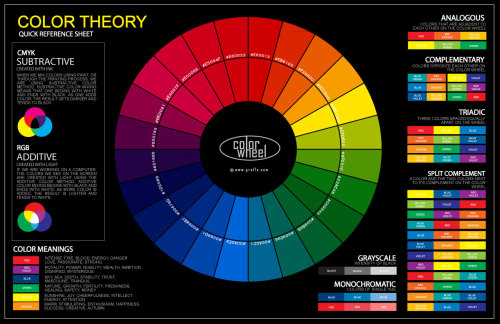
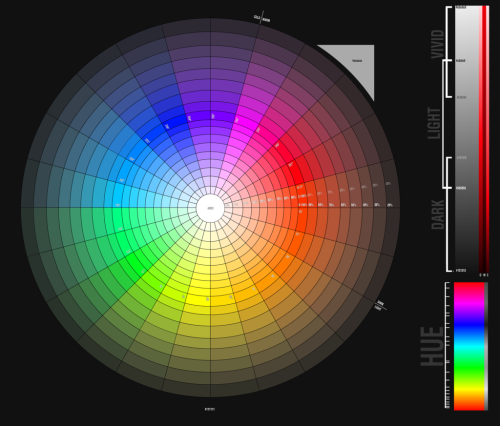
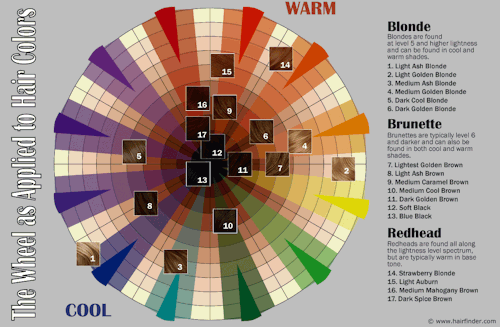
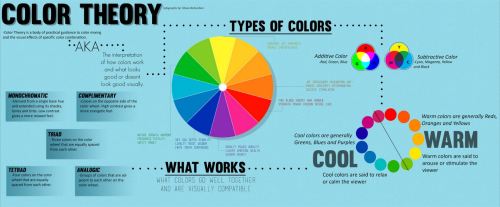
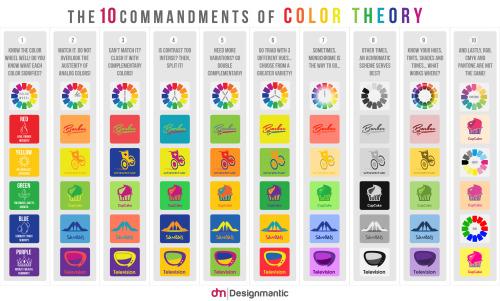
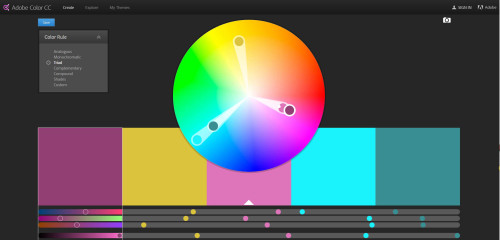
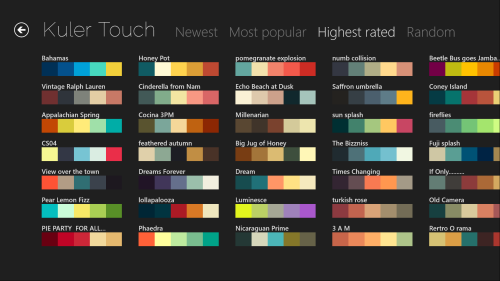
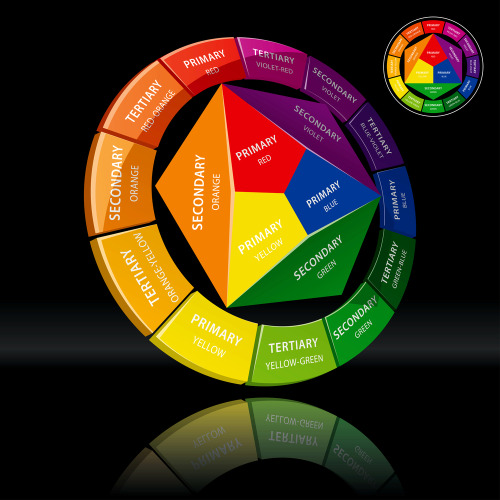
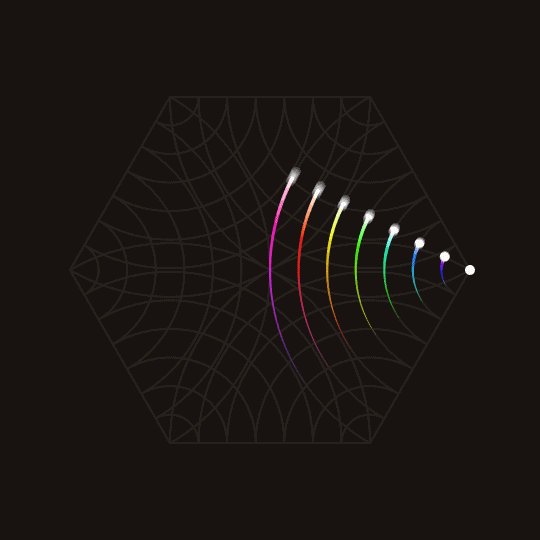
-
 haruhixtamaki reblogged this · 2 years ago
haruhixtamaki reblogged this · 2 years ago -
 snapplejacks reblogged this · 3 years ago
snapplejacks reblogged this · 3 years ago -
 everwatchzootopia liked this · 3 years ago
everwatchzootopia liked this · 3 years ago -
 nerdybaka204 liked this · 3 years ago
nerdybaka204 liked this · 3 years ago -
 feather-salad liked this · 3 years ago
feather-salad liked this · 3 years ago -
 vroomiann liked this · 3 years ago
vroomiann liked this · 3 years ago -
 jikosat liked this · 4 years ago
jikosat liked this · 4 years ago -
 tristisinece liked this · 4 years ago
tristisinece liked this · 4 years ago -
 bradywarner47 liked this · 4 years ago
bradywarner47 liked this · 4 years ago -
 actuallyperpan liked this · 4 years ago
actuallyperpan liked this · 4 years ago